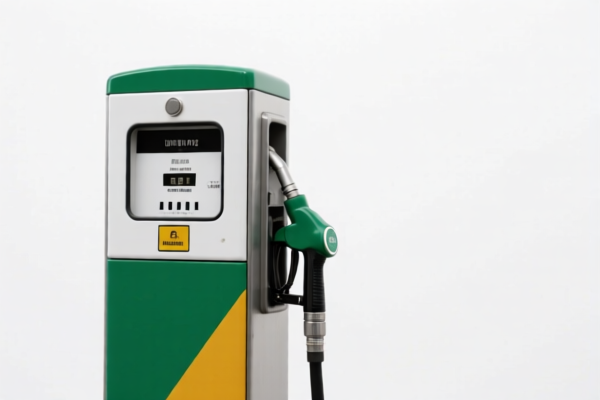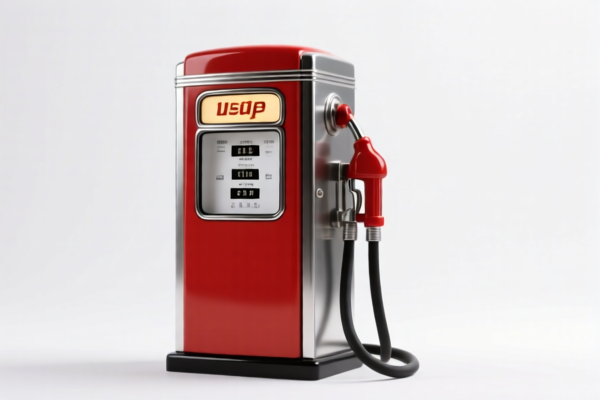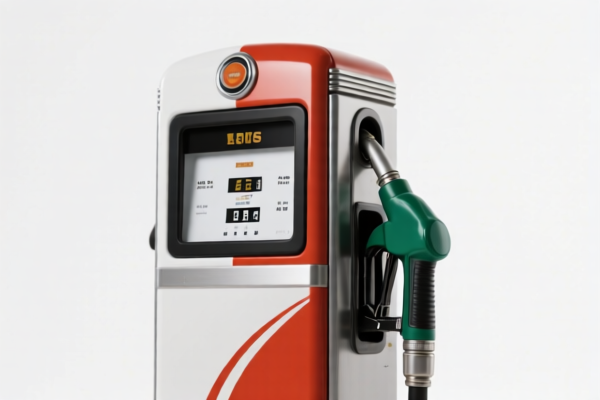| HS Code | Official Doc | Tariff Rate | Origin | Destination | Effective Date |
|---|---|---|---|---|---|
| 8479899599 | Doc | 57.5% | CN | US | 2025-05-12 |
| 8479899599 | Doc | 57.5% | CN | US | 2025-05-12 |
| 9018903000 | Doc | 55.0% | CN | US | 2025-05-12 |
| 9018908000 | Doc | 30.0% | CN | US | 2025-05-12 |




Breast Pump
A breast pump is a mechanical device used to remove milk from the breasts. It is primarily employed by mothers who wish to express milk for various reasons, including returning to work or school, relieving engorgement, increasing milk supply, or providing milk when unable to breastfeed directly.
Materials
Breast pumps are constructed from a variety of materials, with common components including:
- Plastic: Predominantly used for pump bodies, collection bottles, and some tubing. Materials are often BPA-free.
- Silicone: Frequently used for the breast shield (flange) and valves due to its flexibility, durability, and hygiene.
- Metal: Some components, such as motor housings or valve components in higher-end models, may utilize metal.
- Electrical Components: Motors, timers, and control panels are present in electric pumps.
Purpose
The primary purposes of a breast pump are:
- Milk Expression: Removing milk from the breasts when the infant is unable to nurse directly.
- Relief of Engorgement: Alleviating discomfort caused by overfull breasts.
- Increased Milk Supply: Stimulating milk production, particularly in cases of low supply.
- Storage of Milk: Allowing for the collection and storage of milk for later use.
- Continuing Breastfeeding: Enabling mothers to maintain milk production when separated from their infants.
Function
Breast pumps operate by creating suction to mimic the sucking action of a baby. Key functional aspects include:
- Suction Control: Adjustable suction levels to customize the pumping experience.
- Cycle Control: Adjustable pumping speed (cycles per minute) to simulate different nursing patterns.
- Vacuum Creation: Generating and maintaining a vacuum to draw milk from the breast.
- Collection & Storage: Providing a closed system to collect and store the expressed milk.
Usage Scenarios
Breast pumps are utilized in a wide range of scenarios:
- Return to Work/School: Maintaining milk supply and providing milk for the infant while away.
- Travel: Expressing and storing milk while traveling.
- Medical Conditions: Addressing conditions that prevent direct breastfeeding (e.g., premature infant, latch difficulties).
- Increasing Milk Supply: Stimulating production in cases of low supply.
- Relieving Engorgement: Providing comfort and preventing complications from overfull breasts.
- Donating Milk: Expressing milk for donation to milk banks.
Common Types
Breast pumps are broadly categorized into the following types:
- Manual Breast Pumps: Operated by hand, providing control over pumping speed and suction. Typically less expensive and more portable.
- Electric Breast Pumps: Powered by electricity (AC or battery), offering consistent suction and faster pumping speeds. Often feature adjustable settings.
- Single Electric Pumps: Pump from one breast at a time.
- Double Electric Pumps: Pump from both breasts simultaneously, reducing pumping time.
- Hospital-Grade Pumps: High-powered pumps used in hospitals and lactation centers, often available for rental. Provide the strongest suction and are typically closed-system pumps.
- Wearable Breast Pumps: Compact, hands-free pumps that fit inside a bra, allowing for discreet pumping while moving around.
Based on the provided information, breast pumps fall under the category of instruments and appliances used in medical, surgical, dental or veterinary sciences. Here's a breakdown of relevant HS codes:
- 9018903000: This HS code covers instruments and appliances used in medical, surgical, dental or veterinary sciences, specifically Other instruments and appliances and parts and accessories thereof: Anesthetic instruments and appliances and parts and accessories thereof. While not a direct match for a breast pump, it's included as a possibility within the broader category.
- 9018908000: This HS code covers Other instruments and appliances and parts and accessories thereof: Other. This is a more general category and could potentially apply to breast pumps not specifically classified elsewhere within the 9018 heading.
Tax Rate Details:
- 9018903000:
- Basic tariff: 0.0%
- Additional tariff: 25.0%
- Tariff after April 2, 2025: 30.0%
- Total tariff: 55.0%
- 9018908000:
- Basic tariff: 0.0%
- Additional tariff: 0.0%
- Tariff after April 2, 2025: 30.0%
- Total tariff: 30.0%
Important Note: According to the provided reference material, the HS code options related to 'breast pump' are limited, with only the following 2 found.
It is recommended to consult with a customs professional to determine the most accurate HS code for your specific breast pump model, as the classification depends on its precise function and application.
Customer Reviews
No reviews yet.